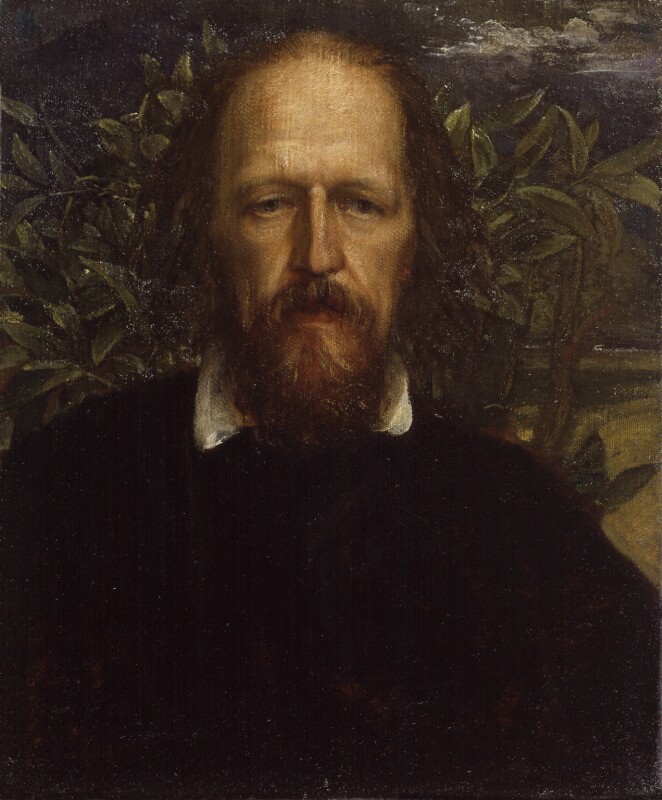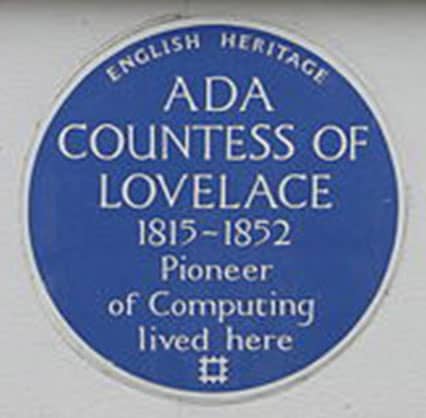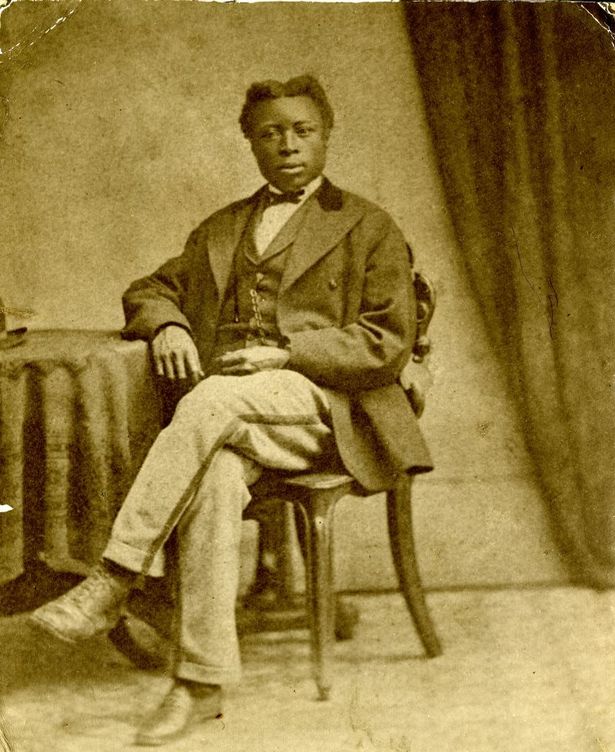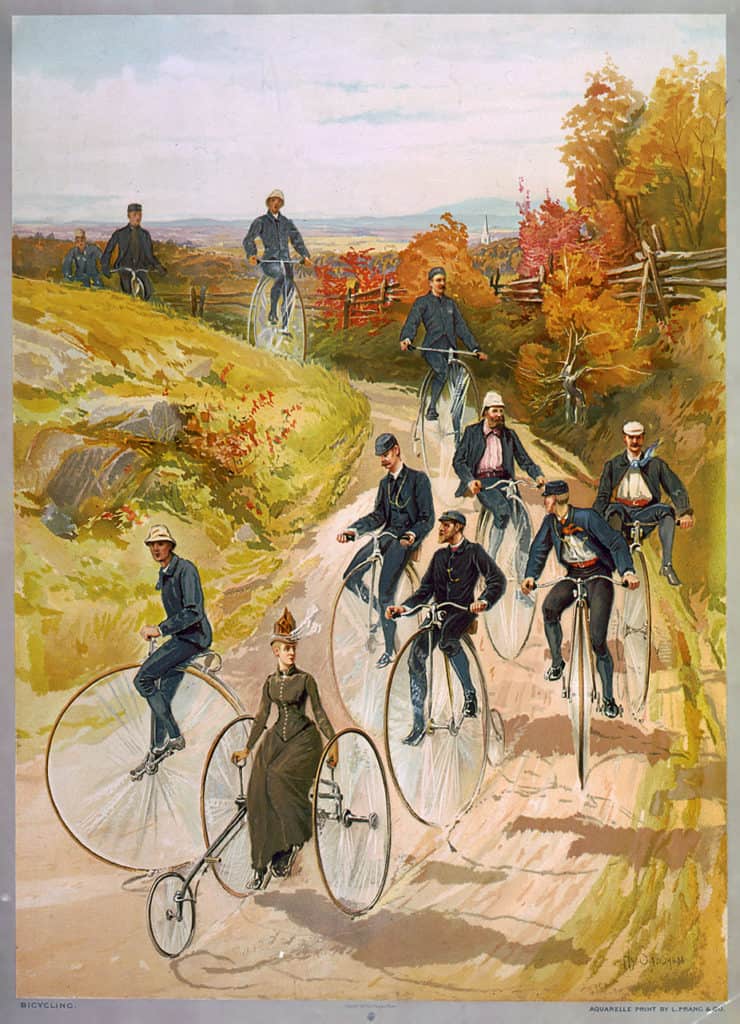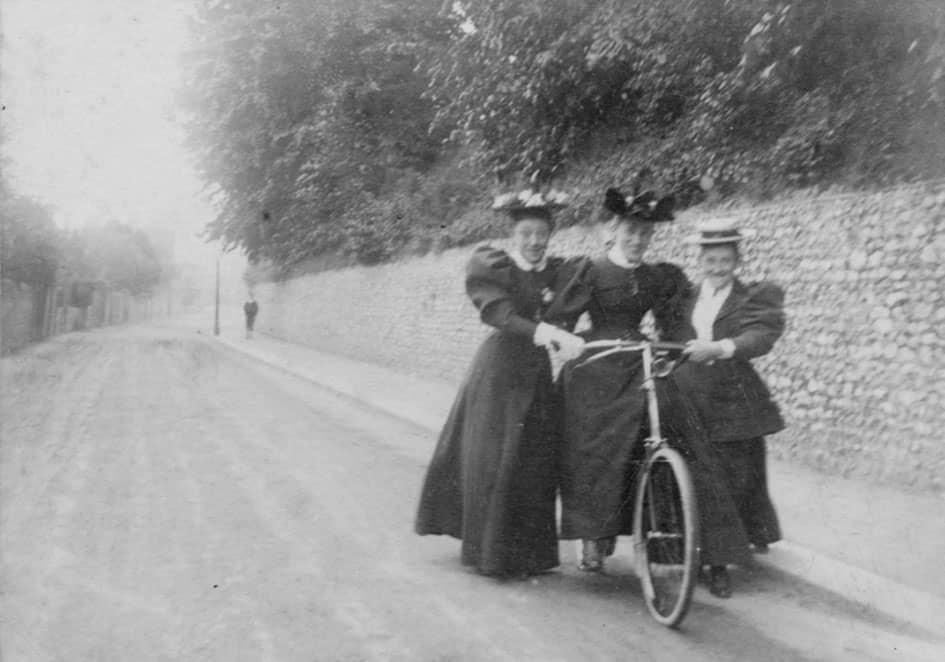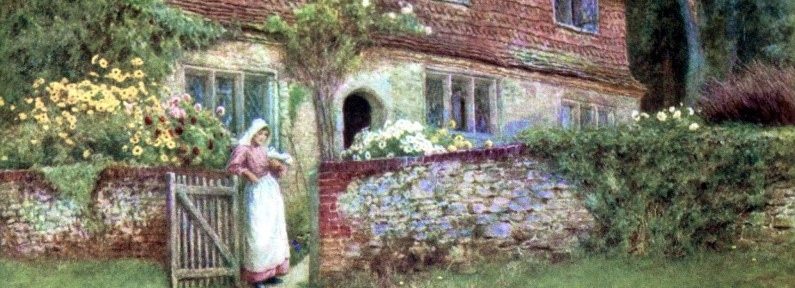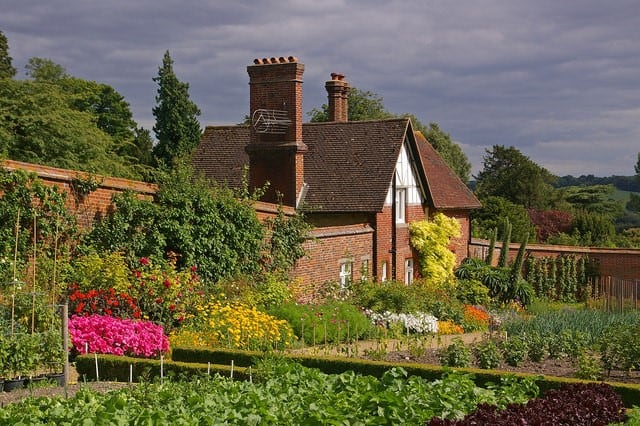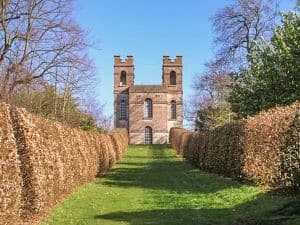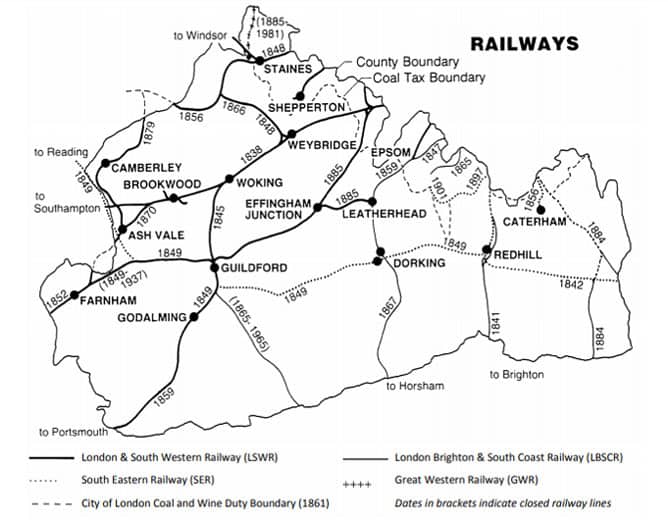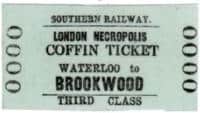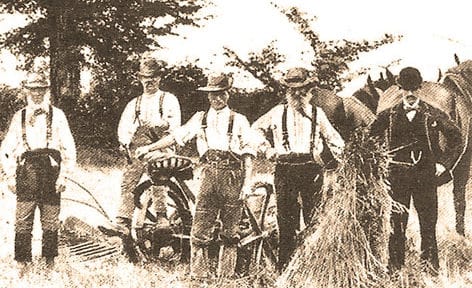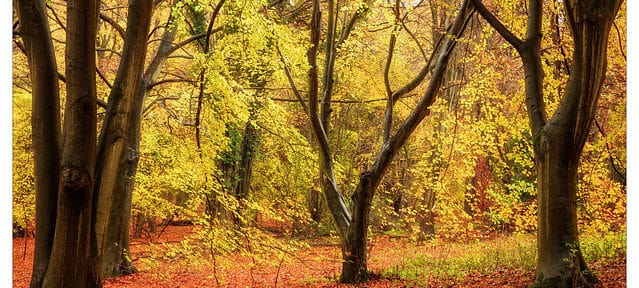Those of you who check out the Events programme of the Society will have seen that in September we had a lot going on. Unlike many organisations, we were able to get back up and running but Covid constraints meant that we needed to focus on outdoor activities. That month we managed to put on four events – which is typical of a monthly offering. Dunsborough’s Dahlias, Vann House Gardens and Caxton House Gardens were all private viewings which added something really special to the visits – and have led to feedback that attendees want to go back in due course. We also altered our first Sunday of the month “walk” to become a guided exploration of the various sites which make up the Watts Gallery complex.

But the Society is about much more than just visits for members. Every year, your Society has been a sponsor of Guildford Walking Festival (Walkfest) – and indeed, it’s Chairman plus a number of the walk leaders are active SHS volunteers.
In previous years, the format of Walkfest has been fairly relaxed with advance booking desirable but with the ability for extra folk to turn up on the day.
This year, the organisation had to be far more rigorous with advance booking being compulsory and with sufficient walk leaders available to allow for splitting the attendees into compliant sized groups.
The Society already has an effective booking system in place for the regular events programme so it was logical for us to make use of it to book these extra events which were being hosted by the Society. There were eleven such walks during the month so the programme on our website did look a bit busy and skewed towards walking events. However, be assured, this does not mean that SHS is intending to mutate into an organisation focused on walks.

To put this into perspective, amongst the key reasons for the existence of the Society are “to promote the area to the public” and “encourage people to explore and learn about the special qualities and distinctiveness of the area”. Walkfest ticks both those boxes. In addition, those of you who attended the 2019 Surrey Hills Symposium will have heard about the importance of getting folk out into ‘green spaces’, increasing exercise and socially interacting. Again, this walking festival helps us to support these important aims.
Involvement in Walkfest also has other benefits to the Society. In total, just under half the participants in the SHS hosted walks were members of the Society so we were providing an extra service to them. The balance of the walkers were obviously people who wanted to get out and learn more about the area and, as such, were potential members. Indeed, we gained a number of new members as a direct result of specific walks and, probably, there will be a ripple effect with extra memberships arising over the coming months.

Several of the walks were to places in, or around, Guildford borough that your Events team knew little about.
Thus, an added benefit of our involvement has been to discover new locations and features on which to base future SHS visits or walks. We also met fascinating people who have their own specialist knowledge and can add to the richness of our events.
The one thing that we have all learned during our SHS activities is that there always seems to be somewhere new or something to discover whenever we get involved in initiatives across the county.
Ken Bare




